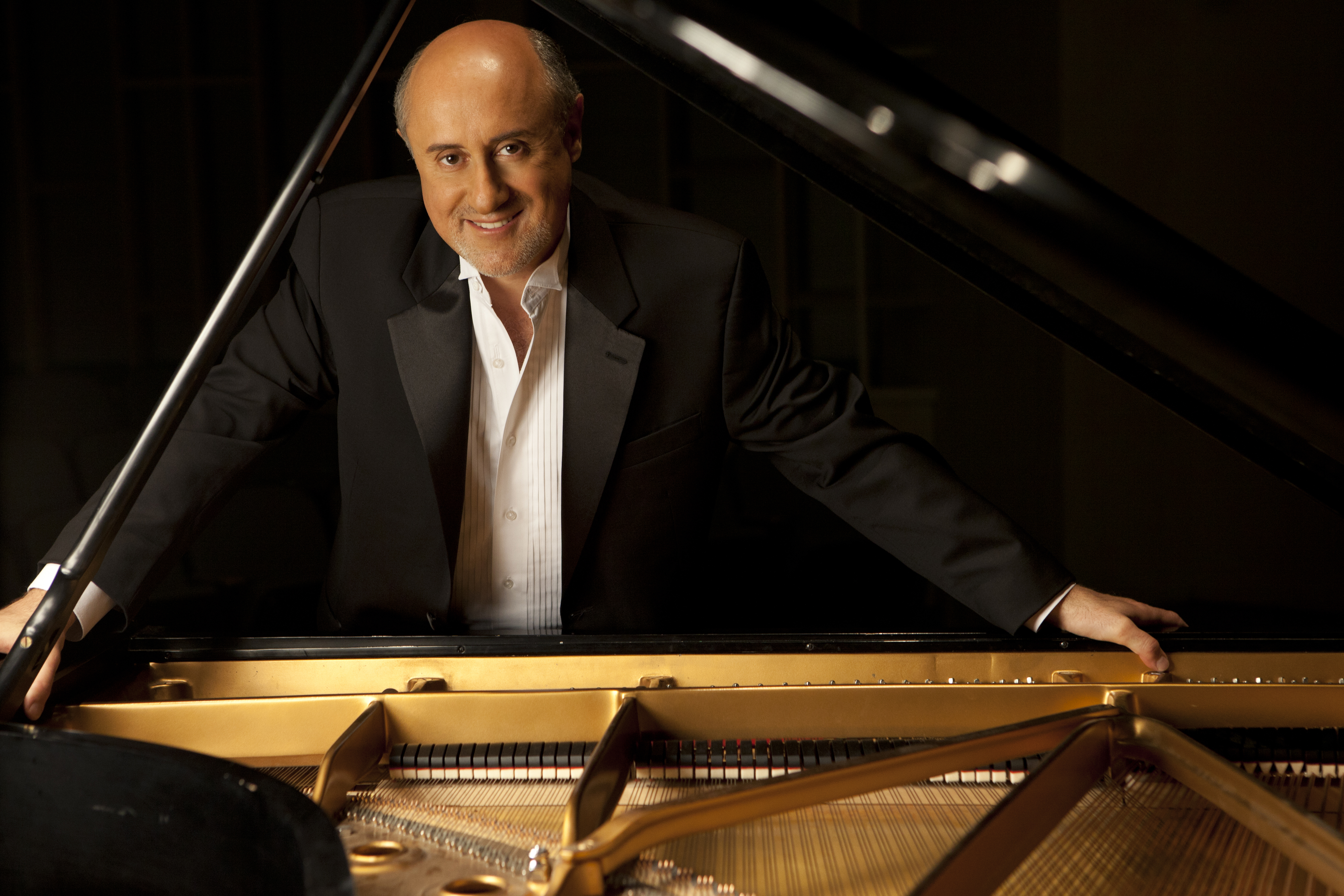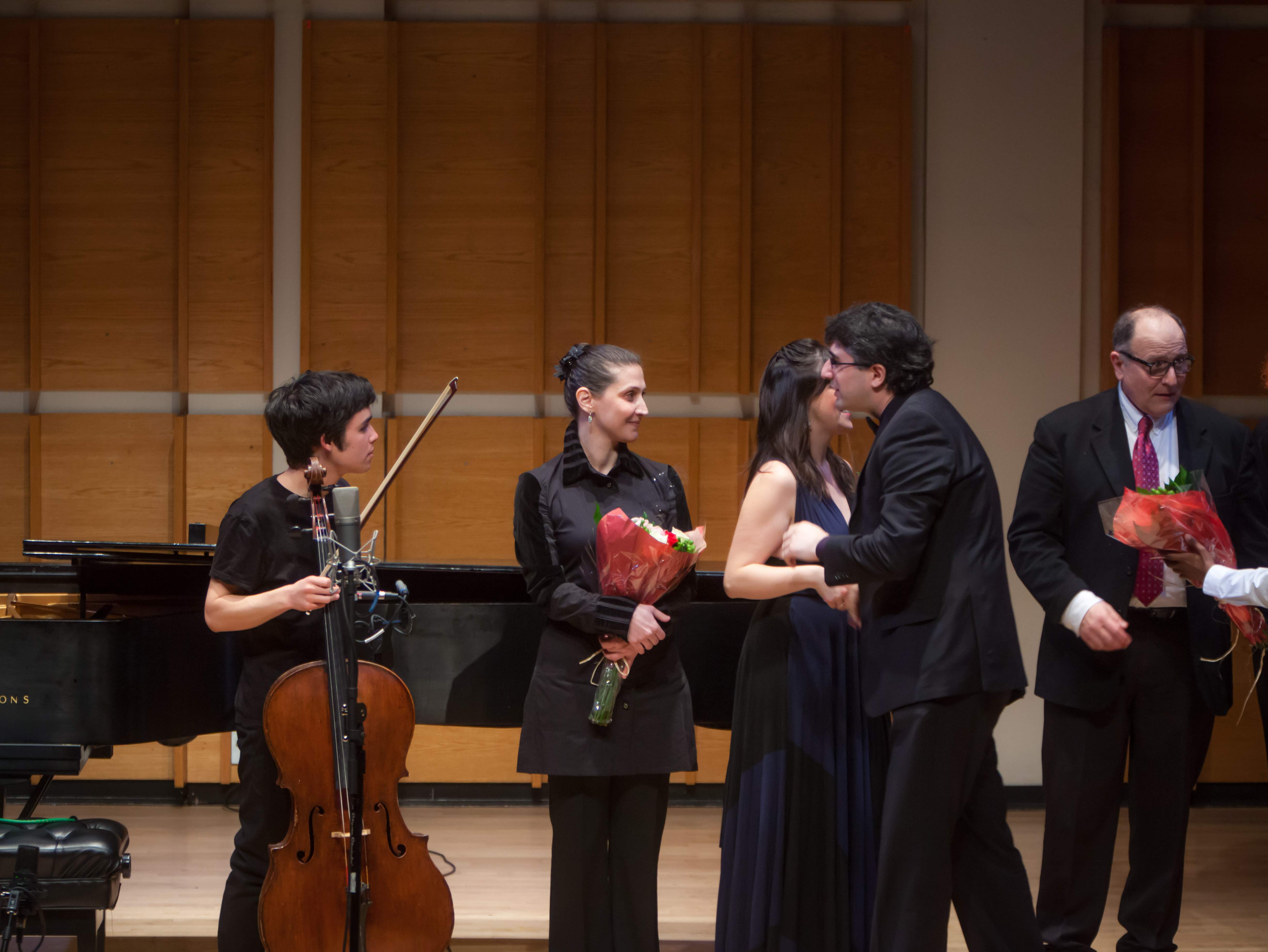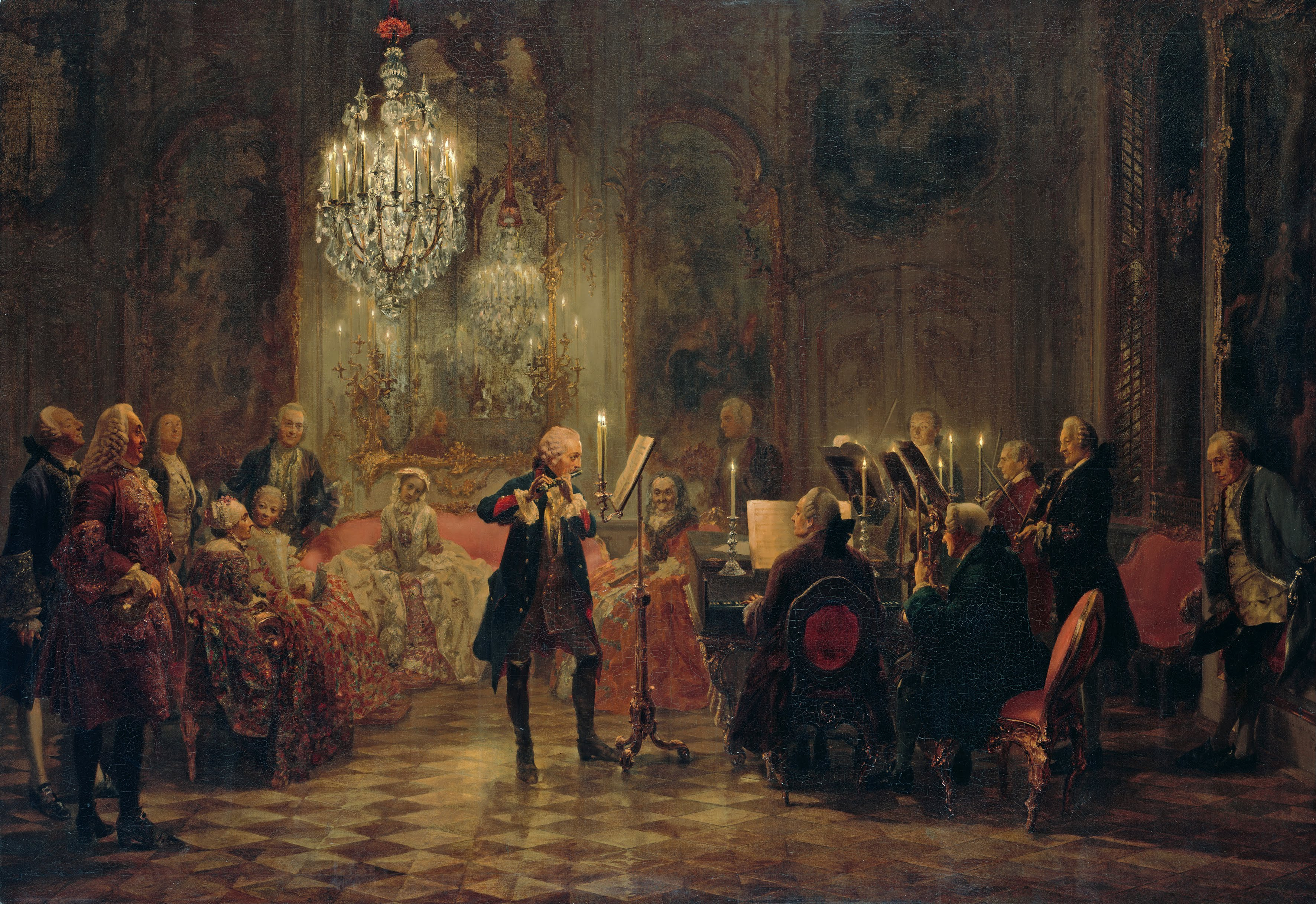The Korea Music Foundation presented Jung-Ja Kim, pianist, in an interesting benefit recital at Alice Tully Hall on April 15. Ms. Kim, a winner of many competitions, including the Young Concert Artists International, New York Philharmonic Young People’s Concerts, and the Kosciuszko Chopin Competition, is now a veteran of the international concert circuit, and a professor of piano at the Boston Conservatory.
Ms. Kim had the intriguing programming idea of three of Maurice Ravel’s major works, plus one work (also major) by American composer Aaron Copland. From the outset, it was clear that Ms. Kim possesses a great pianistic elegance, beautiful sound, and astonishing technical fluency, even in the thorniest passages of the Ravel works. She also possesses a deeply personal approach to each phrase, leading the lines where she wants them to go, with obvious emotional commitment. That being said, it wasn’t always the best choice for some of the programmed Ravel pieces.
The Sonatine, a pristine neo-Classical jewel, with which she opened the program, was beautifully presented, poignantly and clearly. More attention could have been paid to the contrapuntal lines and voicing. The whole seemed a bit too hazy, although well-played and convincing.
In the Miroirs (Mirrors), a five-movement programmatic set of “reflections” on objects (or sounds), two of the five were absolutely stunning, benefitting from Ms. Kim’s introspective playing: the Oiseaux tristes (Sad Birds), and La Vallée des cloches (The Valley of the Bells), which chirped, sighed, and reverberated appropriately, and had gorgeous voicing. In the other three, however, one wished for more irony and sharp humor, an important part of Ravel’s “Apache” esthetic. The Noctuelles (Night Moths) didn’t vanish into thin air (or ash), as they ought. The climaxes in Une Barque sur l’océan (A Boat on the Ocean) never rose high enough to engulf the sailboat. The dry wit of the jester in the Alborada del gracioso was insufficiently biting; the central recitative section was beautifully delineated however.
Probably the least successful performance of the night, for me, was Ravel’s Valses nobles et sentimentales, though one would never have guessed it from the enthusiastic audience reception—again a testament to the communicative power of Ms. Kim. In the very first waltz, she was far from très franc (very forthright) as requested by Ravel. She distorted every measure with great rubati, which Ravel despised. This mannerism grew throughout the work, despite much beautiful piano coloration. Ravel’s score is lavishly marked, with words he seldom used, such as très expressif and also the dreaded rubato, but he wanted it precisely where he had indicated. Only the seventh waltz was played really beautifully, with the lilting charm it needed. Ms. Kim also waited too long between every waltz, even when most are marked to follow immediately. She spoiled what Yvonne Lefébure (a Ravel pupil who worked with him for over one hour on just the first few measures of the first waltz) called the “essential philosophical unity” of the seven waltzes plus nostalgic Épilogue.
Suddenly, with Copland’s masterful Piano Variations (1930), a new, fierce, pianist seemed to take the stage. The theme is a mere four notes long (E, C, D#, C#), a sort of distorted transformation of the four note subject of Bach’s C-Sharp Minor Fugue from The Well-Tempered Clavier Book I. The fourth note isn’t even played; it is depressed silently while other notes are struck violently and released, leaving the “ghost” note to vibrate its overtones. This establishes many of the procedures for the rest of the piece: 20 variations and a coda. I’ve always felt that this work is a successor in importance, if not in Romanticism, to Schumann’s Études Symphoniques. Ms. Kim played this thorny example of American modernism with appropriate verticality and great momentum, lyricism where required, and sparkling wit in the more playful passages. It was a memorable rendition of this neglected work.
She favored the clamoring crowd with one encore: Schubert’s G-Flat Major Impromptu, played with deeply personal, rapt lyricism. She was in private communion with the music, as she had been all evening.






